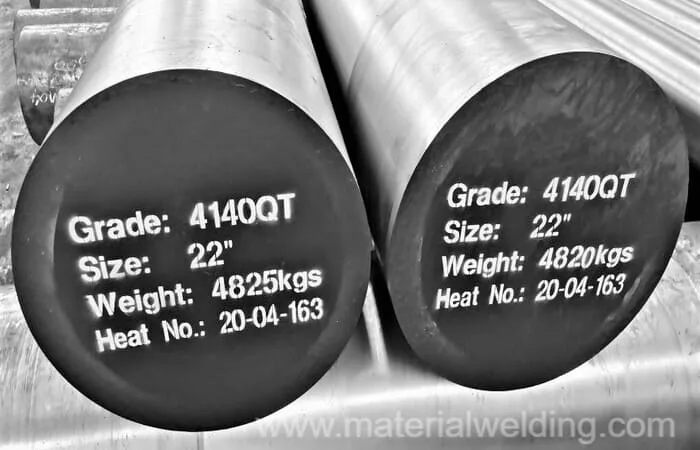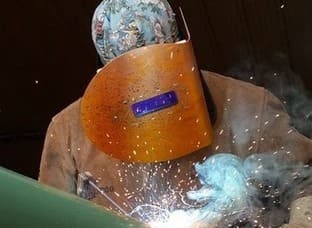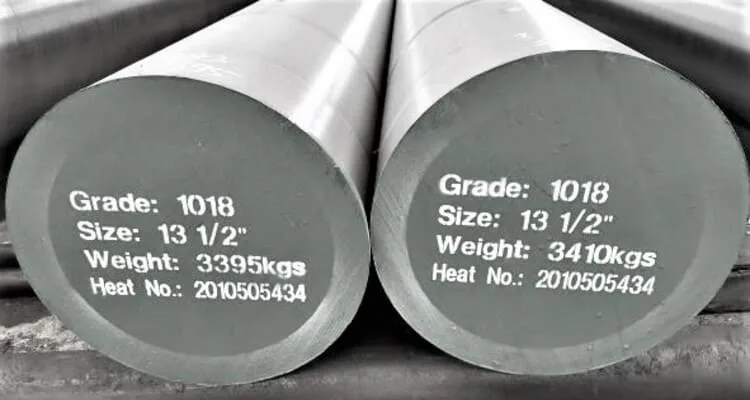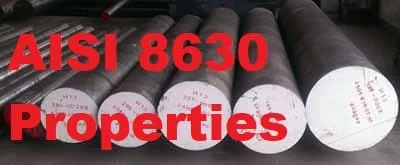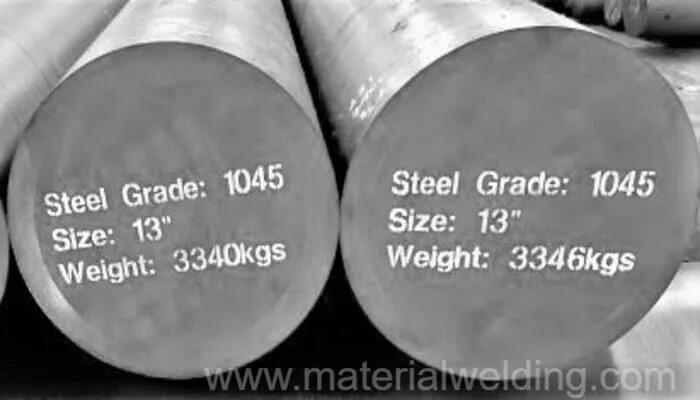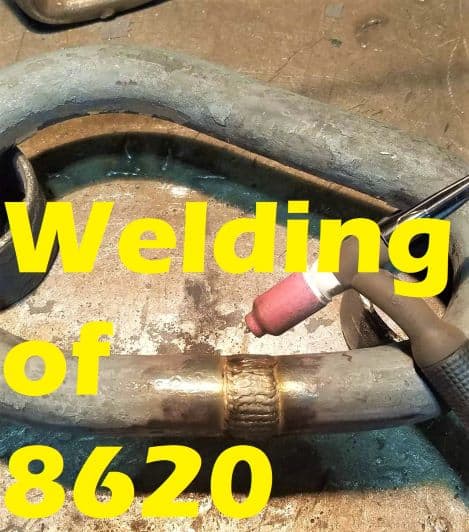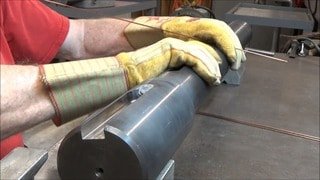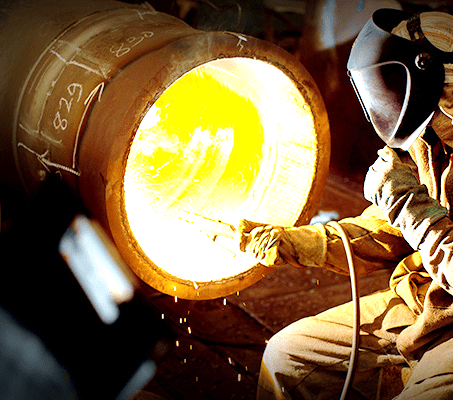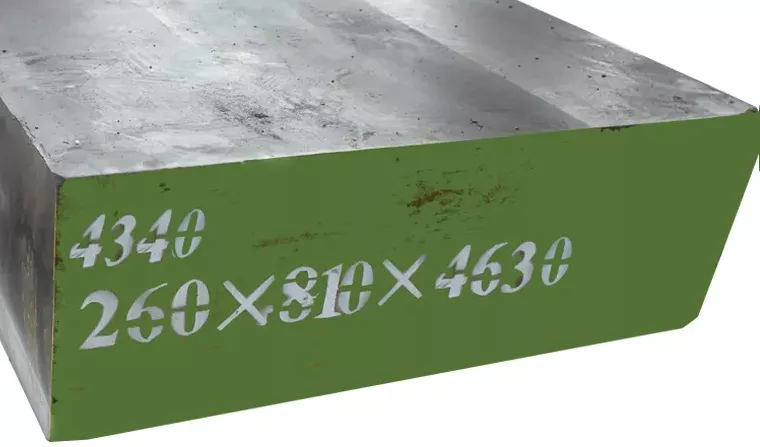Welding AISI 1055- C55 steel
Welding AISI 1055 steel can be a difficult and challenging task, but with the right set of instructions and materials anyone can do it.
AISI 1055 steel is a medium carbon steel that contains 0.55% carbon and is often used for parts that require strength and toughness.
It is commonly used in gears, springs, shafts, and machine parts that require high strength and wear resistance. AISI 1055 steel is also used in the manufacturing of knives, swords, and other cutting tools.
In this article, we will discuss the properties of AISI 1055 steel, as well as its welding techniques and approaches.
Chemical Properties of AISI 1055- C55 Steel
AISI 1055 steel contains carbon, manganese, silicon, and small amounts of phosphorus and sulfur. The chemical composition of AISI 1055 steel is as follows:
- Carbon (C): 0.50-0.60%
- Manganese (Mn): 0.60-0.90%
- Silicon (Si): 0.15-0.35%
- Phosphorus (P): 0.040% max
- Sulfur (S): 0.050% max
Mechanical Properties of AISI 1055- C55Steel
AISI 1055 steel has a high tensile strength and is known for its toughness and wear resistance. The mechanical properties of AISI 1055 steel are as follows:
- Tensile strength: 650 MPa (94,000 psi)
- Yield strength: 420 MPa (61,000 psi)
- Elongation: 10-15%
- Hardness: 170-210 HB
Weldability of AISI 1055 Steel
AISI 1055 steel has fair weldability with most welding processes, including MIG, TIG, and stick welding when right preheat temperature is applied and weld metal hydrogen level is controlled.
Control of weld deposit hardness is very crucial to achieve crack free weld.
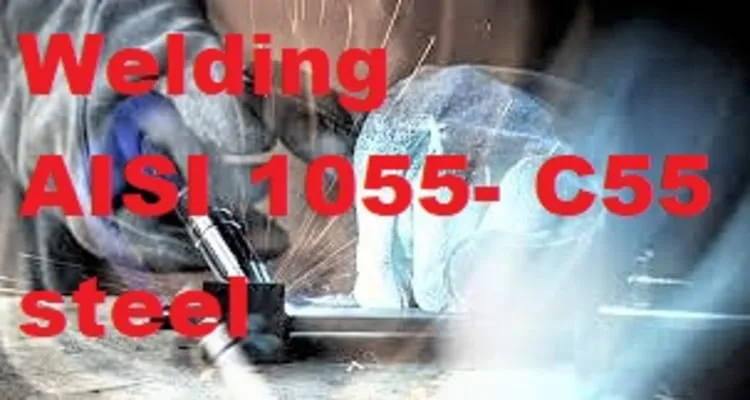
Equivalent Material for AISI 1055 Steel
The UNS Number of AISI 1055 is G10550. UNS AISI 1055 steel is equivalent to several other materials, including:
- DIN 1.0535
- EN 9
- JIS S55C
- UNS G10550
- EN 10083-2 C55
Welding Electrode for AISI 1055 Steel
When welding AISI 1055 steel, it is recommended to use a welding electrode that matches the base metal as closely as possible.
For matching weld metal properties, you can use following welding electrode or welding wires:
- E11018-G (AWS A5.5),
- ER110S-G (AWS A5.28).
For joining only, you can go for E7018-1 stick welding rod or ER70S-2 TIG MIG filler wire. These welding rods, weld metal properties are inferior than the 1055 steel although they are good when you only need to join them with other carbon steel materials.
Electrodes with a higher carbon content can be used to increase the strength and hardness of the weld, but care must be taken to avoid excessive hardness that can lead to cracking.
Welding Preheat for AISI 1055 Steel
AISI 1055 steel require preheating before welding to reduce the risk of weld cracking and improve the quality of the weld.
Preheating can be done at a temperature of 250-300°C (480-570°F), depending on the thickness of the material and the welding process being used.
Post heating after welding is advised to allow diffused hydrogen escape from weld metal. This will ensure that no hydrogen crack shall occur after welding.
Post Weld Heat Treatment for AISI 1055 Steel
AISI 1055 steel does not require post-weld heat treatment, but it can be heat-treated to improve its mechanical properties.
Heat treatment can be done by quenching and tempering or annealing, depending on the desired properties.
Quenching and tempering can be used to increase the strength and hardness of the material, while annealing can be used to improve its ductility and toughness.
Following are the temperature range for different types of heat treatment for AISI 1055 or C55 steel:
- Annealing or Stress relief: 1400-1500°F
- Normalizing: 1510-1625°F
- Hardening: 1490- 1560°F
- Tempering: 1020- 1200°F
Conclusion
AISI 1055 steel is a medium carbon steel that is commonly used in parts that require strength and wear resistance.
It has good weldability and can be welded with most welding processes, but care must be taken to avoid weld defects.
AISI 1055 steel is equivalent to several other materials, and welding electrodes that match the base metal should be used.
Preheating and post-weld heat treatment can be used to improve the quality and properties of the weld and HAZ.
